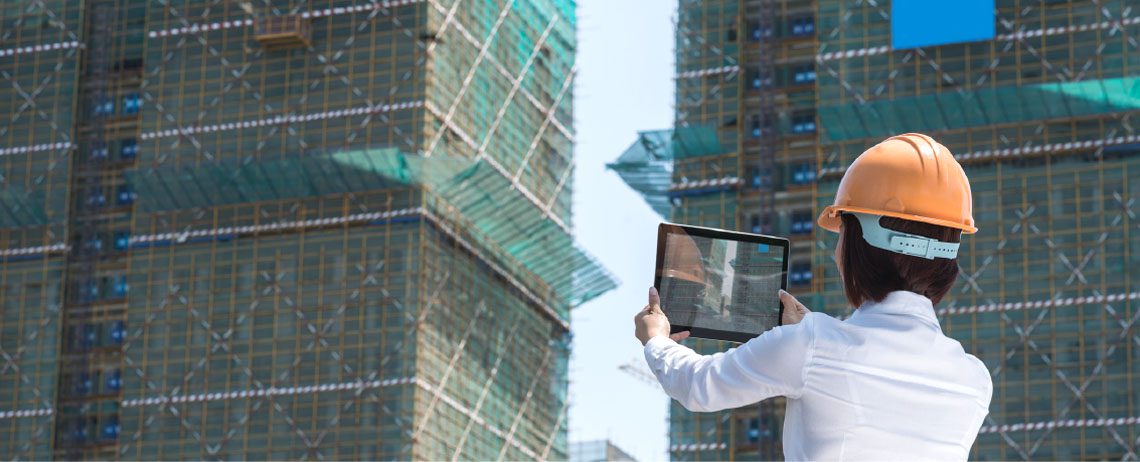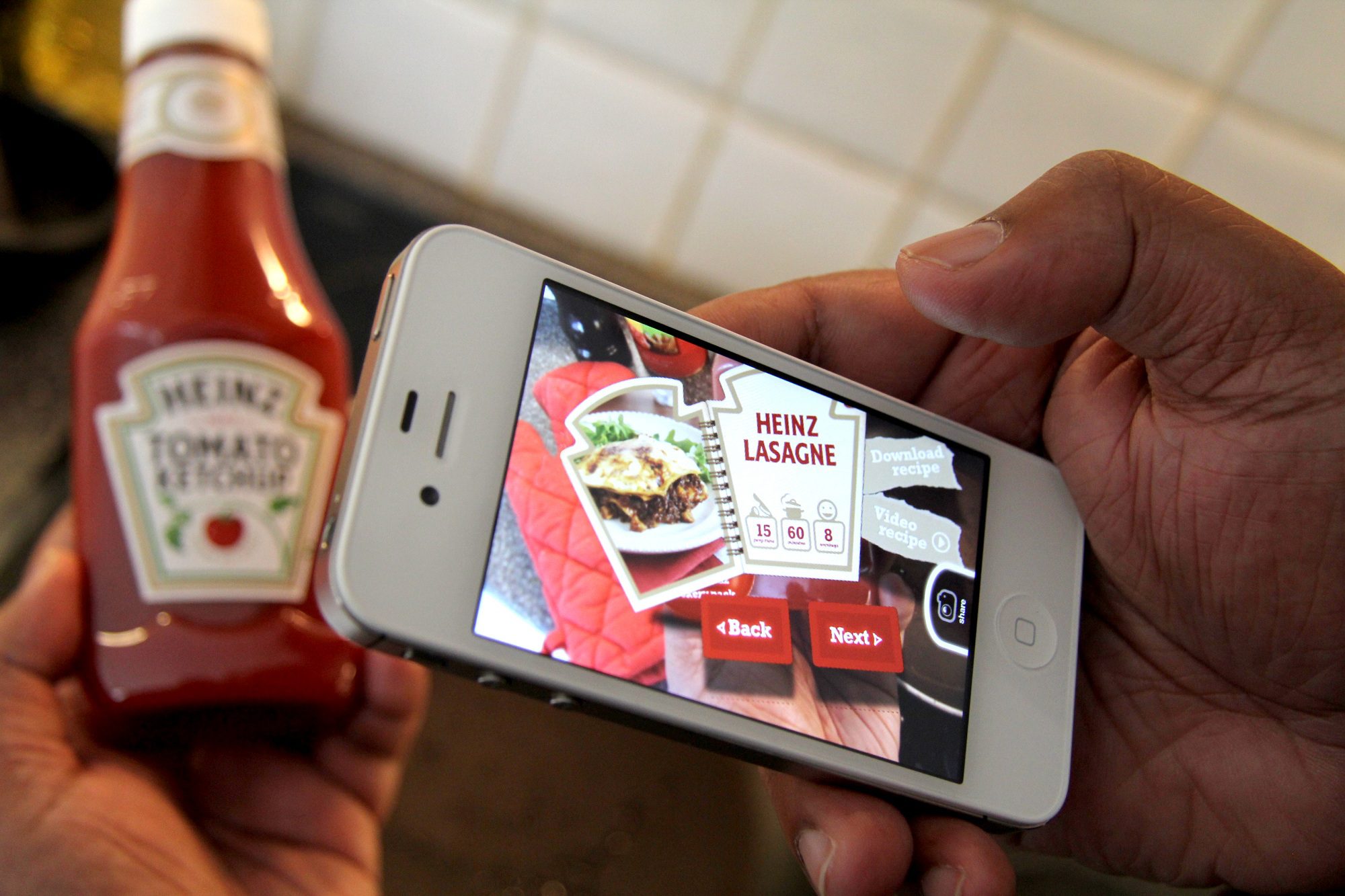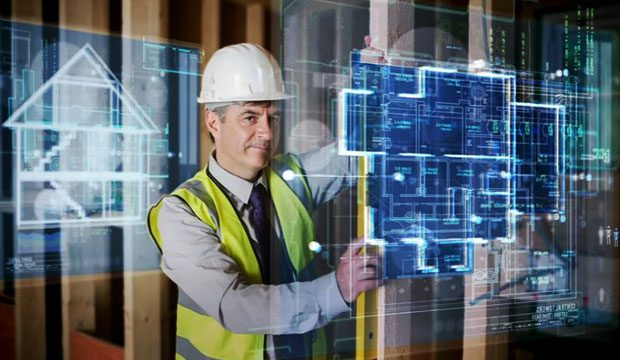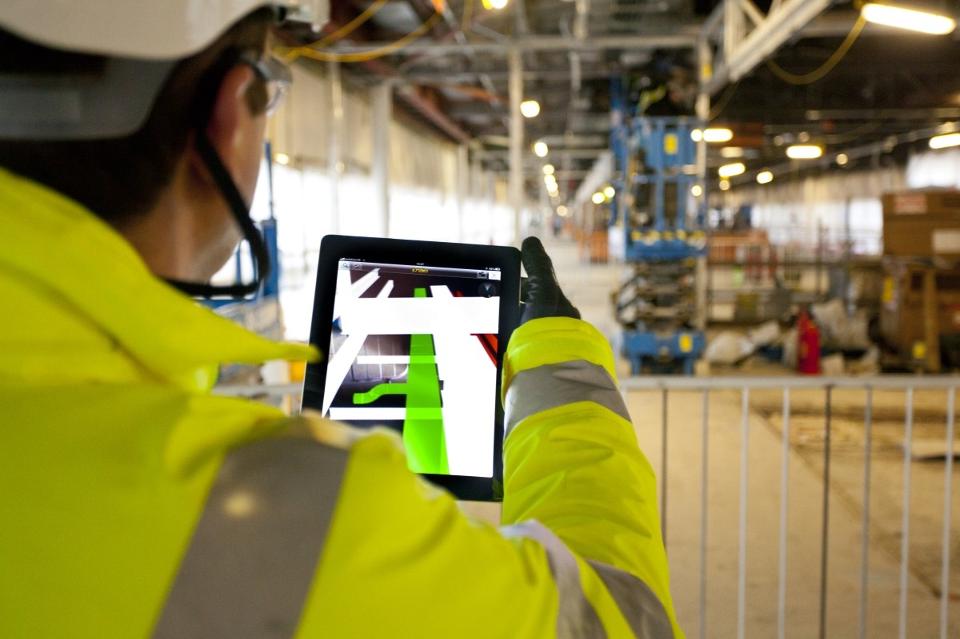Augmented Reality Will Make A Huge Impact On The Construction Industry
Industry Trends | By | 30 Nov 2016 | 3 minute read

The term “augmented reality” gets thrown around a lot. It’s dubbed the biggest disruptor in the field of construction in the next few years. What exactly is augmented reality (AR)? It can be characterized by virtual objects layered over a real-world environment. AR can be used anywhere because it doesn’t block out the real world. The freedom and application of AR is quite revolutionary, and it’s already having a large impact on how we go about our everyday life. AR takes the tools we’re accustomed to like smartphones and tablets and greatly enhances their capability.
Apple CEO, Tim Cook, thinks that AR will become more popular than virtual reality, which you’ve likely heard some buzz about as well. Virtual reality simulates an artificial environment for users, rather than simply adding the layer to reality that AR does. Cook discusses how humans are social creatures at heart, and it seems virtual reality is too intrusive. He sees augmented reality becoming embedded in everyday life. “It will happen in a big way. And we will wonder, when it does [happen], how we lived without it. Kind of how we wonder how we lived without our [smartphones] today.”
Augmented reality today
AR is all around us already being used in a variety of ways. Blippar is an app often used to find nutritional information on food items with a simple scan. Another app, World Lens, allows for real-time scanning and translation of street signs and short phrases into different languages.
 Blippar allows you to scan and read nutritional information. Perfect for counting calories!
Blippar allows you to scan and read nutritional information. Perfect for counting calories!Augmented reality and construction
Every construction project requires an army of workers with varying skills and abilities. Augmented reality has the ability to really transform how field teams leverage information and contextual knowledge for better decisions. But where do you start? Due to the availability of smartphones and tablets, you can take advantage of augmented reality fairly easily.
How the construction industry is using AR
Builders are now experimenting with Microsoft’s HoloLens to visualize projects and avoid expensive mistakes. Tools like the HoloLens places holographic images in the physical environment. A Gillbane senior manager, John Myers, has been using the HoloLens technology to assess a mockup of a project. The steel frames the company originally planned to order to support the building’s walls were too long to fit the design. By using HoloLens, Myer was able to find this issue ahead of being supplied with the frames. The technology enabled him to ask the supplier to deliver the frames shorter to save himself work (and money) later on.
 Microsoft HoloLens places holographic images in the psychical environment.
Microsoft HoloLens places holographic images in the psychical environment.Construction is one of the least automated industries around. The advancement could help the $10 trillion construction industry prevent projects running over budget and behind schedule due to lack of visibility. Engineering firm AECOM have even announced they are looking into experimenting with the HoloLens.
AR is helpful for more than blueprints
By layering virtual elements into job sites, AR provides safety, training and real-time guidance. Not only does it help enormously during the design and build phase, it also eliminates costs across the project lifecycle. One of the biggest challenges on construction sites is timely knowledge. AR delivers instant communication at multiple points on a project, from conception to completion.
Global engineering giant, Bechtel, have made their construction sites more precise with AR. Their very own AR app uses an iPad camera to detect the presence of walls and QR codes placed around the worksite to determine your location. As a result it connects the master blueprint of the complete building and overlays a version of it through the camera. Site inspections can be done visually and digitally recorded into the app. Bechtel have found this to not only save precious time on site, but also improve safety and quality. Before their AR app, engineers would inspect sites using paper, transcribe them and then enter it into another system. With AR and iPads, everything is connected, streamlined and effectively communicated. Combined with RFID tags, autonomous vehicles, drones and sensors on site – a construction site could be one of the smartest and most integrated workplaces around.
 Augmented reality can save construction firms money and time in the design phase.
Augmented reality can save construction firms money and time in the design phase.How to harness AR for your construction company
In order to harness Augmented reality for your construction firm, start by looking in the app store. We no longer have to work ‘blindly’ while waiting for the right information to be received. Much like Integrated Project Delivery (IPD) the upfront costs of purchasing the apps to use could be worth the investment. This is particularly helpful when it prevents projects from going over time and budget. In addition it improves the safety and quality of your work site.
Augmented reality apps to get started with
- Augment: Visualize your own 3D models through augmented reality in the real environment at scale.
- SmartReality: An AR and VR app combined. Walk around your BIM models with augmented reality.
- SelfCAD: Free CAD software that allows project teams to see building products and other elements like furniture within a 3D CAD model of a space.
- Scribble Digital: A tablet app to superimpose 3D buildings onto 2D objects.
- SiteSpace 3D: Overlays 3D models to scale onto the real world and allows for a walkthrough.
Important Notice
The information contained in this article is general in nature and you should consider whether the information is appropriate to your specific needs. Legal and other matters referred to in this article are based on our interpretation of laws existing at the time and should not be relied on in place of professional advice. We are not responsible for the content of any site owned by a third party that may be linked to this article. SafetyCulture disclaims all liability (except for any liability which by law cannot be excluded) for any error, inaccuracy, or omission from the information contained in this article, any site linked to this article, and any loss or damage suffered by any person directly or indirectly through relying on this information.





